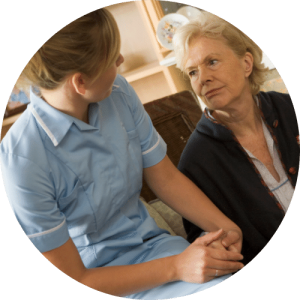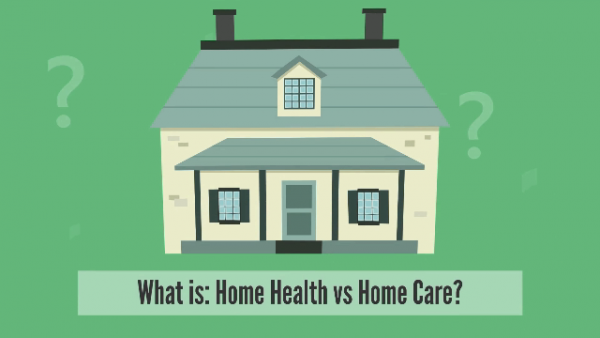
Did you visit your aging parents during the holidays? You may have noticed some changes that worry you. Especially if you live a distance away and don’t visit regularly. Begin forming a plan now to avoid crisis-driven decisions in the future.
Perhaps you noticed your parent isn’t keeping up with household chores. Mail is stacking up on the kitchen table. Maybe mom’s lost weight, seems moody, or is wobbly on her feet. You may wonder why your dad isn’t having coffee with his cronies – is he getting isolated?
So, you talk to your siblings. They aren’t concerned and the situation doesn’t seem urgent. You don’t want to be an alarmist but… you still worry.
Should you do nothing and wait until the next holiday visit to re-assess? No. Unless you like making critical decisions in a crisis.
Here are 5 things to do now after the holiday visit:
Assess the gaps you’re worried about. (bills, upkeep, meals, isolation, driving)
Begin a conversation with your parent.
“According to recently conducted research, 70 percent of family conversations about aging issues don't occur until they are prompted by a health crisis or other emergency. This can increase the likelihood of family disputes.”
Begin gathering copies of Legal & Financial Documents.
You’ll need them at some point anyway. Do it now when you’re not rushed and under pressure.
Start a file or notebook and begin gathering information on resources in your or your parent’s area:
- Get help finding resources in your area.
- Learn about the different senior housing options if needed in the future.
- Discuss the financial pros and cons of different options.
Finally
Your parents will continue getting older. You never know if or when an emergency health crisis may occur. Be prepared by following these steps. Avoid making rushed or uninformed decisions.















